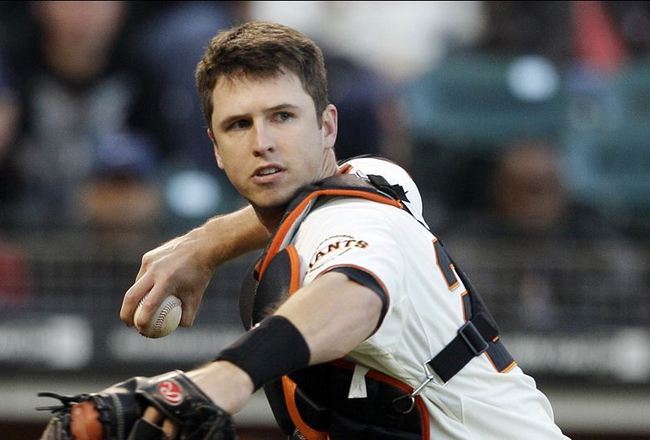Seviche is primarily a tapas bar, but they also have some full dinners and sandwiches, as well. It has a Latino vibe, especially Cuban influences, which was surprising to hear the Euro-techno beat pumping through the speakers. Eventually that switched over to the more appropriate Latino salsa style of music.
As the saying goes, when in Rome, so DB~ and I decided to share 4 different tapas. We asked for them to come out as they were ready, in order to keep a continuous cycle of food moving. First up was the Pan Con Avocado Chimichurri. These little pieces of crostini were topped with pureed avocados, plum tomatoes, some chevre cheese, and some pieces of spinach. This was probably our favorite tapas of the four.
Next up were the Nicaraguan chicken wings. These were on special for $6 instead of $8, due to happy hour during the Penguin game. Because nothing says a sport played on ice by Canadians, Americans, and Russians, like spicy chicken wings from Nicaragua. Six came on the plate (I ate 2 before I remembered to take the picture) and they were pretty good. They had some zip, but at the end of the day they were chicken wings similar to what you could find at any number of places.
The third and fourth appetizers came out at the same time. One of them were the Corn and Goat Cheese Croquettas. These were like a fritter, with the goat cheese perfectly creamy inside when broken open. We both agreed these were our second favorite of the bunch.
The final tapas was the pork empenada. The empenada is a fried dough stuffed with any variant of ingredients. In this case, it's a braised and shredded pork with some chicahuaha cheese. A salsa was placed on top.
Aside from the avocado crostini, the other three were all a little heavy. We knew going in that croquettas and empenadas would be fried, but the flavors were heavy too, if that makes any sense. We haven't been to Perle yet, but since it is primarily a champagne and appetizer bar, it's not germane to this discussion probably. But I find that the other three Carreau restaurants all leave me wanting at the end of the meal. It's as if just one component of the meal is missing. Or as if the restaurants are masquerading as ethnicities they can't replicate.
All the folks that worked at Seviche were super nice. We ended up talking to the female manager about Carreau's restaurant in Baltimore at the Inner Harbor called Talara. Maybe the next time we visit family in Baltimore we'll check it out. We also spoke the chef, Sara, who was quite interesting. Somehow we got on the topic of molecular gastronomy and she mentioned that she used to live in Chicago, so we brought up Moto. She had heard of it, but never tried it herself. She wants to incorporate chemistry into cooking to enhance food -- she talked of using some type of dextrin (?) to make grated mozzarella into a smooth and creamy cheese -- but not transform it from thing to another.
That's not to say that Seviche isn't good. It has a cool vibe to it and the food is tasty. It's just not the top of the pyramid in Pittsburgh.







